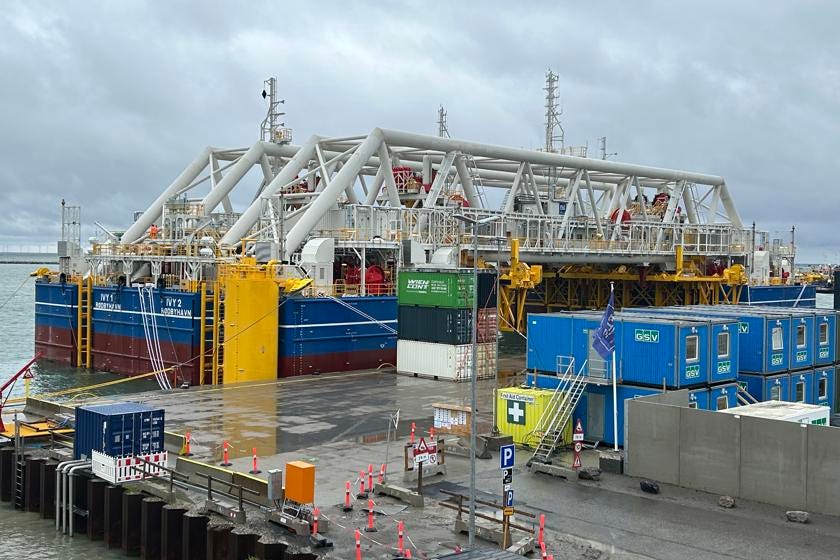Infrastructure’s Blind Spot - When Novel Equipment Becomes the Critical Path

The 18-month delay to the Fehmarn Belt tunnel exposes infrastructure’s persistent underestimation of prototype risk. While project teams meticulously analyze geological challenges and regulatory frameworks, specialized equipment—like the custom-built immersion vessel “Ivy”—repeatedly becomes the unexpected bottleneck, revealing a systematic blind spot in mega-project risk assessment.
The Fehmarn Belt’s predicament follows a familiar script. The vessel Ivy, specially designed for 73,500-tonne concrete elements, lacks final approvals despite arriving last October. This isn’t just about one vessel’s problems; it’s about the sector’s recurring failure to price in the complexity of first-of-kind equipment.
Consider the evidence across Europe’s mega-projects. The Channel Tunnel’s 80% cost overrun stemmed partly from “equipment delivery and testing problems”, pushing completion a year late. More recently, a Brenner Base Tunnel TBM spent seven months trapped in a fault zone.
Yet the Øresund tunnel—the natural comparison for Fehmarn Belt—succeeded without major equipment delays despite using similar immersion technology. The difference? Øresund’s elements weighed significantly less and were placed at half the depth. This avoided the need for Fehmarn’s “highly advanced and unique vessel” with complex systems.
Why Equipment Risk Gets Underestimated
Three factors explain this persistent blind spot.
First, contracts signed years before construction often can’t anticipate technological requirements. Sund & Bælt’s CEO noted: “Contracts are nearly 10 years old.” When procurement happens a decade before deployment, specifications inevitably drift from reality.
Second, the prototype premium gets buried in optimism bias. Ivy is “a prototype specially built for us”—language that should trigger enhanced risk assessment but rarely does. Project teams focus on proven challenges like geology and permitting. They assume purpose-built equipment will simply work as designed.
Third, approval processes for maritime equipment prove particularly unpredictable. Femern A/S emphasized: “We cannot shorten testing and acceptance phases.” Unlike terrestrial construction equipment with established standards, specialized marine vessels face complex certification requirements. These often reveal issues only during final testing.
Strategic Implications
This pattern carries critical lessons for the sector. Risk allocation in contracts needs fundamental rethinking. Prototype equipment should trigger explicit contingency provisions and shared delay mechanisms rather than optimistic fixed timelines.
The TEN-T network faces particular pressure. The Fehmarn Belt forms a crucial link in the Scandinavia-Mediterranean corridor. Each delay cascades through connected projects and undermines corridor economics.
For future mega-projects like Norway’s proposed Stad Ship Tunnel or a potential Helsingborg-Helsingør crossing, the message is clear. Specialized equipment timelines need doubling, not tweaking. The industry consistently underestimates the journey from design to certified operation for novel machinery.
Learning the Lesson
Femern A/S acknowledged that “completing within original timeline is deemed challenging”, with uncertainty about recovering lost time. This isn’t project failure—it’s the predictable cost of innovation at scale, the prototype premium that mega-projects must finally start pricing in.
Infrastructure mega-projects will always push technological boundaries. The question isn’t whether novel equipment will cause delays, but whether the industry will finally start planning for them.
Until risk models properly account for prototype certification timelines, Europe’s most ambitious projects will continue discovering their critical path runs through an untested machine’s approval process. The Fehmarn delay offers a EUR 10 billion reminder that in mega-project planning, the devil isn’t just in the geological details—it’s in the floating prototype waiting for certification.

